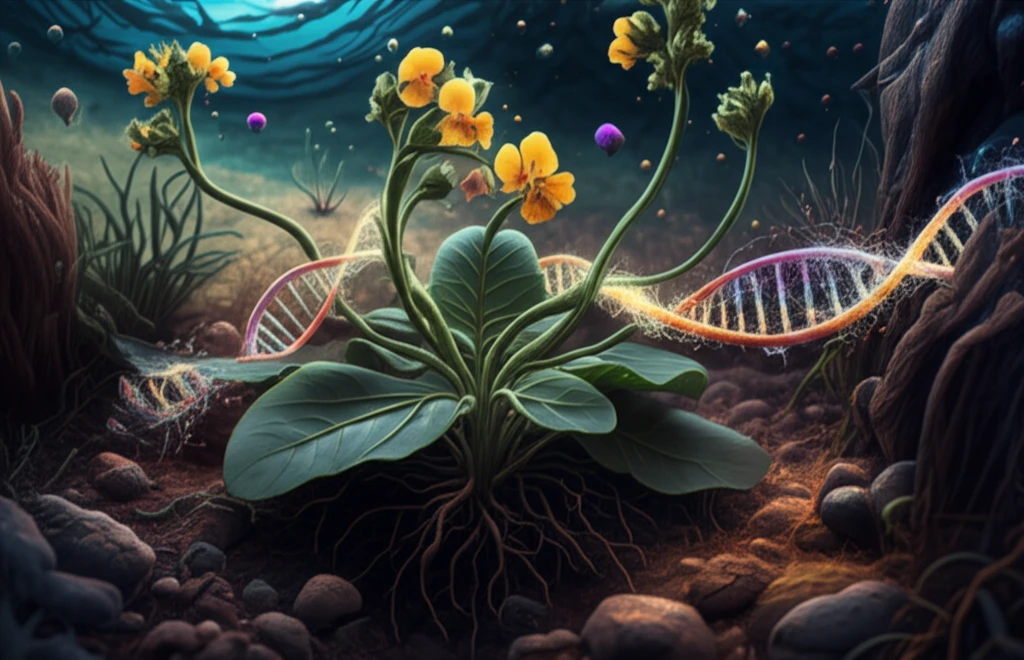
Nature vs. Nurture: How Parental Experiences Shape Their Offspring's Genes
"Unlocking the Secrets of Transgenerational Plasticity: New research reveals how a parent's environment can alter their offspring's genetic makeup, offering new insights into adaptation and resilience."
In the age-old debate of nature versus nurture, a compelling layer of complexity has emerged: transgenerational plasticity. This phenomenon occurs when an organism's experiences directly influence the growth, development, and even the genetic makeup of its offspring. Recent research, inspired by observations in plants, is beginning to unravel the mechanisms behind this fascinating form of inheritance, suggesting that what our parents endure can leave a lasting mark on our own biological destinies.
Phenotypic plasticity, the ability to adapt development in response to environmental cues, plays a vital role in a constantly changing world. This understanding has sparked inquiry into how molecular mechanisms, evolutionary implications and plastic phenotypic responses are passed down through generations. Parents ability to transmit signals that evoke plastic responses to the next generation remains poorly understood. The lingering skepticism stems from historical ties to outdated theories, yet is progressively being accepted through scientific understanding of epigenetic inheritance.
A study of leaf damage in Mimulus guttatus has showcased transgenerational plasticity mediated through differential expression of hundreds of genes. This study tests how parental damage in the flowering plant, Mimulus guttatus, effects the epigenetic profile of the following generation. By utilizing the same M. guttatus recombinant inbred line (RIL) allows us to identify differentially methylated regions and consider their potential regulation of transposable element (TE) and gene expression.
Decoding the Methylome: A New Frontier in Heredity

The research team employed whole-genome bisulfite sequencing (WGBS) to analyze the progeny of Mimulus guttatus plants, comparing those from damaged and control groups. This sophisticated technique allowed them to map the methylome—the complete set of methylation modifications in an organism's DNA—and identify differences in both the mean and variance of methylation between the two groups. The study revealed that parental damage led to an increased variability of CG and CHG methylation among progeny, without altering the overall mean methylation. Instead, the damage had positive effects in some regions and negative effects in others.
- Methylome Variation: Parental conditions increase epigenetic diversity in response to stress.
- DMR Associations: Potential link between CG DMRs and differentially expressed genes.
- TE Overlap: CHG and CHH DMRs often overlap with transposable elements.
- CG DMR Function: CG DMRs are associated with gene coding regions.
Implications and Future Directions
Genome-wide increases in methylome variation suggest that parental conditions can increase epigenetic diversity in response to stress. These findings support the hypothesis that differential methylation is a mechanistic component of transgenerational plasticity in M. guttatus, offering a new perspective on how organisms adapt and evolve in response to environmental challenges. As we continue to unravel the complexities of epigenetic inheritance, we move closer to understanding the intricate interplay between genes and environment, and the remarkable capacity of organisms to transmit experiences across generations.
